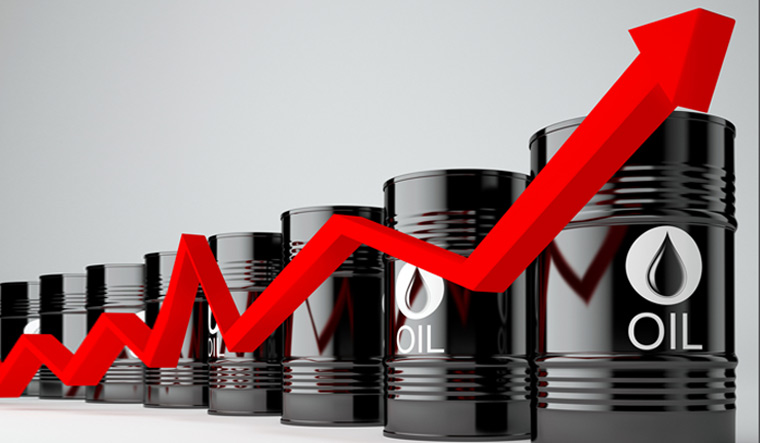Oil went up for the second consecutive day, lifted by a decrease in US oil reserves and a broader positive sentiment spurred by indications of easing US inflation, Bloomberg reported.
Brent, the global benchmark, surpassed $83 per barrel following a 0.5 per cent climb on Wednesday, while the US benchmark West Texas Intermediate exceeded $79.
US oil inventories experienced a decline of 2.5 million barrels last week, marking the first consecutive decrease since March and bringing nationwide reserves to their lowest levels in nearly a month.
In wider financial markets, risk assets gained ground after a measure of US inflation moderated for the first time in six months, suggesting potential for a more accommodative monetary policy stance from the Federal Reserve. Consequently, the US dollar weakened, as indicated by a Bloomberg index registering its third consecutive day of losses, thus rendering commodities more appealing to international buyers.
Crude prices have maintained an upward trajectory throughout the year as OPEC+ nations have constrained supply. However, gains have tapered since early April amid diminishing tensions in the Middle East and indications of weakening demand.
Despite a midweek report from the International Energy Agency (IEA) trimming its annual demand growth projection by 140,000 barrels per day, global demand is still anticipated to reach a yearly record high of 103.2 million barrels per day, following revisions to last year’s consumption estimates.
“Recent macro data from the US has raised expectations that the Fed could start cutting rates soon, which will be providing some support to oil,” remarked Warren Patterson, head of commodities strategy for ING Groep NV. However, he noted that the market remains range-bound and awaits either clarity on OPEC+ policy or a fresh catalyst to break out.
Geopolitical developments also commanded attention as Russian President Vladimir Putin embarked on his first visit to China in his new term, underscoring the significance of the bilateral relationship with Moscow amid its ongoing conflict in Ukraine.
Meanwhile, China, Asia’s largest economy, has increasingly turned to Russian crude imports following the invasion, as buyers in Europe and the US have scaled back their purchases.



